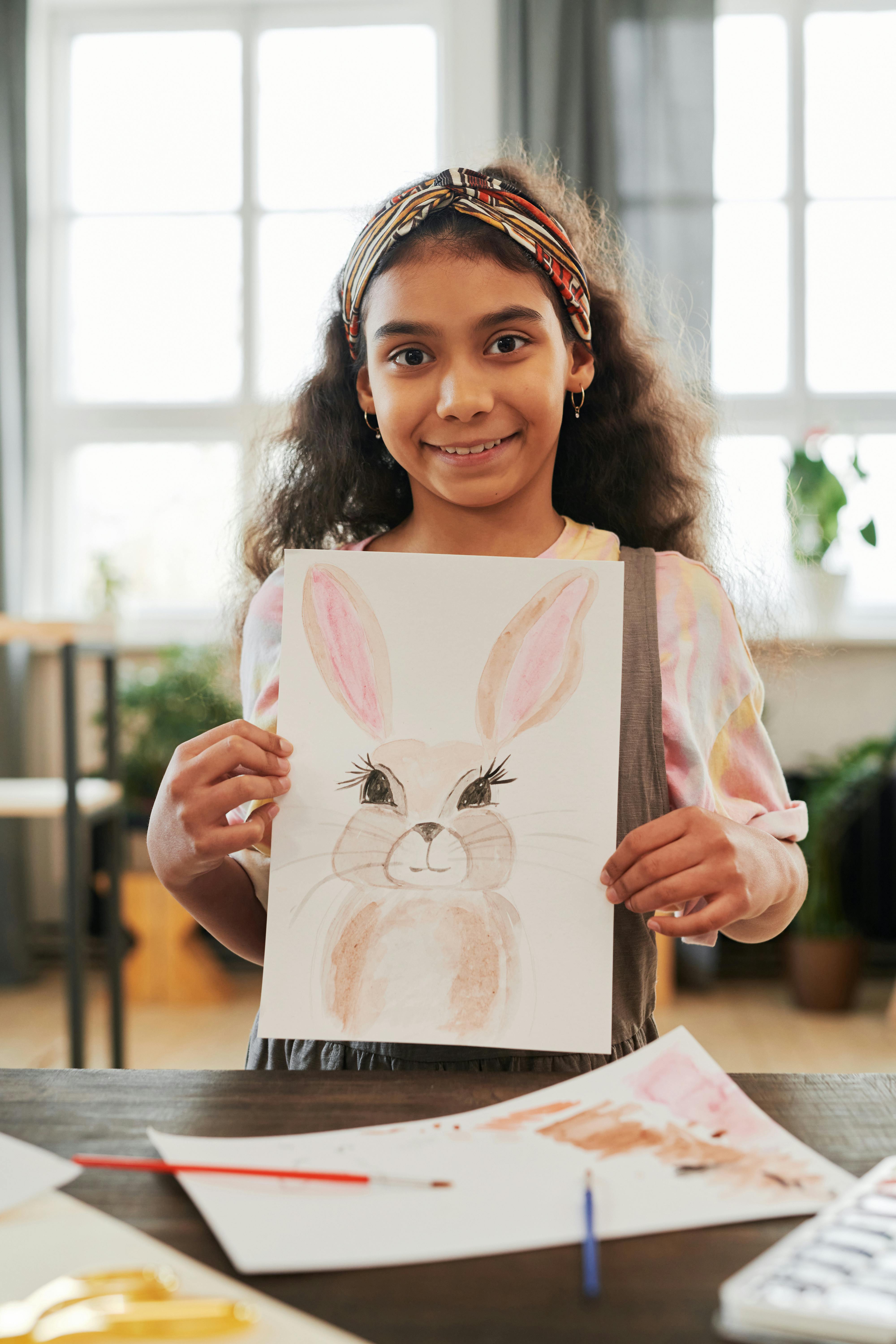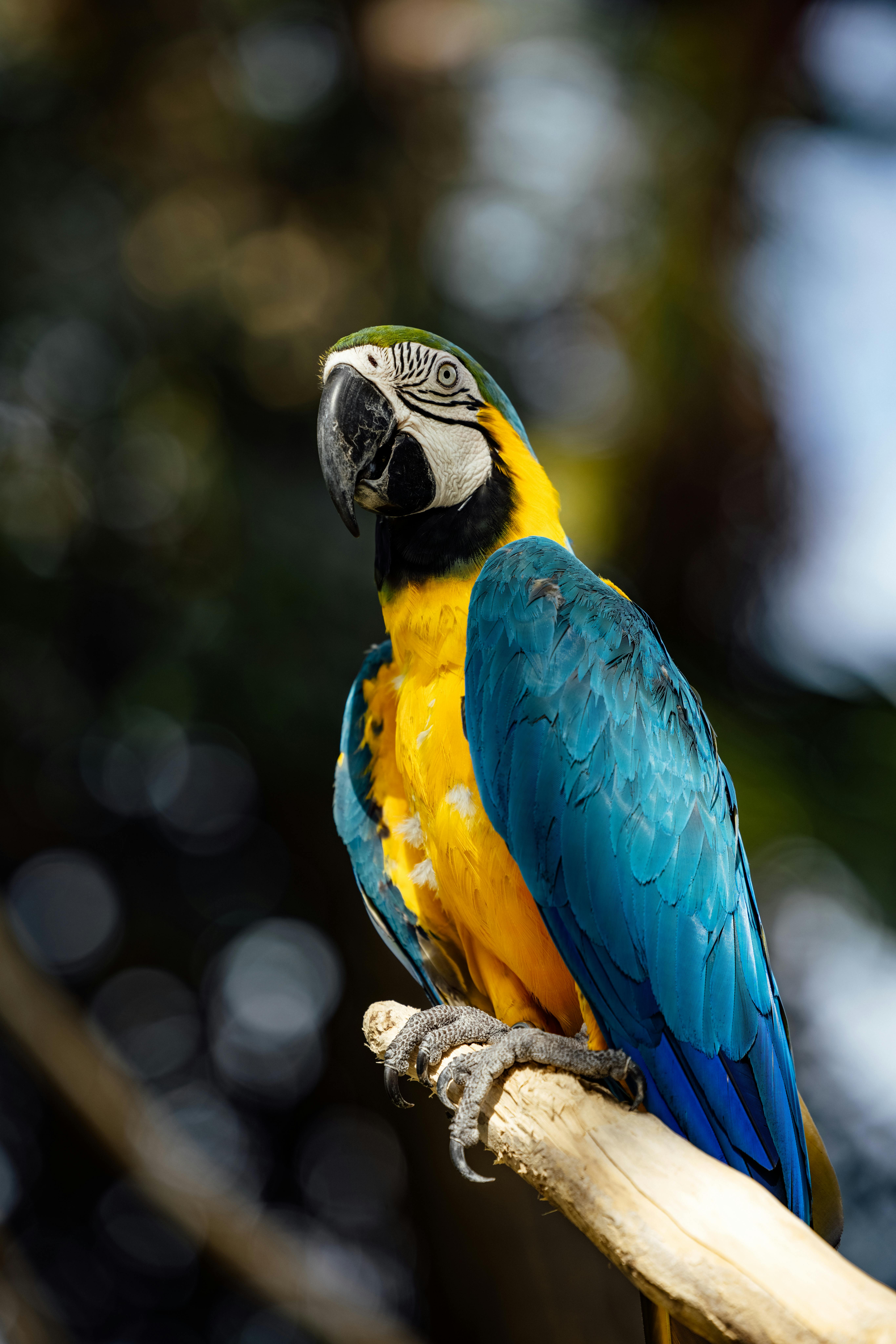
Essential Guide to Parrot Habitat: Discover the Best Practices for 2025
Creating the right parrot habitat is crucial for the well-being of these vibrant and intelligent birds. Parrots thrive in habitats that mimic their natural environments, which typically consist of tropical and subtropical ecosystems. Understanding parrot living conditions and how to provide suitable parrot homes is essential for pet owners and conservationists alike. In this guide, we will explore the best practices for maintaining a healthy and stimulating habitat for parrots in 2025.
This article will delve into parrot environments around the world, including their natural habitats and the challenges posed by habitat destruction. We will discuss parrot habitat requirements, conservation strategies, and how to create artificial habitats that meet their needs. With a focus on sustainable practices, readers will leave equipped with practical knowledge to enhance the lives of parrots and protect their natural ecosystems.

Understanding Parrot Habitats and Their Importance
When discussing parrot habitats, it is vital to recognize the intricate relationship between parrots and their environment. Various species of parrots reside in distinct regions, each exhibiting unique adaptations to survive and thrive. For example, tropical rainforest habitats provide an abundance of food sources and nesting opportunities, while coastal habitats might offer different resources and challenges.
Furthermore, the sustainability of these habitats directly influences parrot adaptation. Conservationists work tirelessly to monitor parrot habitats and implement effective management strategies, particularly focusing on areas experiencing threats such as climate change and habitat fragmentation. These efforts are crucial in preserving biodiversity and ensuring the survival of various parrot species.

The Diversity of Parrot Habitats Worldwide
Parrots are found in diverse habitats around the globe, from the lush jungles of South America to the arid regions of Australia. Parrot habitats in South America often include dense rainforests, where high humidity and an abundance of fruits and nuts are available. In contrast, parrot habitats in Australia vary from woodlands to coastal regions, which have shaped the behavior and diet of Australian parrot species.
Each habitat type poses distinct challenges and opportunities for parrots. Their feeding habits, nesting behaviors, and social structures can vary significantly based on the resources available in their respective environments. Understanding these geographical distributions helps in developing effective conservation strategies.
Threats to Parrot Habitats and Conservation Efforts
Habitat destruction poses one of the greatest threats to parrot populations worldwide. Deforestation, urban expansion, and agricultural practices lead to the fragmentation of important habitats, making it difficult for parrots to thrive. These changes affect parrot habitat quality and can lead to population declines.
Conservation efforts focus on protecting vital parrot habitats and restoring areas that have suffered from degradation. Various organizations work towards creating protected parrot habitats, where they can freely thrive without the pressures of external threats. The integration of conservation practices within local communities also plays a pivotal role in evaluating the success of these endeavors.
Creating Ideal Parrot Homes: Essentials for Pet Owners
For those caring for pet parrots, recreating an optimal parrot habitat can greatly enhance their quality of life. It is essential to provide an environment that encourages natural behaviors and social interaction. Here are some key practices to consider when establishing a safe parrot habitat.
Designing Comfortable and Engaging Living Spaces
The first step in creating a suitable parrot home is selecting the right cage. The best parrot cages provide ample space for movement and exploration. Choose cages with a variety of perches and toys to stimulate cognitive function. Remember, a larger space allows parrots to exercise and socialize, which is crucial for their well-being.
In addition to a spacious cage, simulate their natural habitat with appropriate decor. Consider adding natural branches, swings, and enrichment toys that mimic their wild environments. Regular rotation of toys ensures mental engagement and prevents boredom.
Feeding and Nutrition Considerations
Providing a balanced diet is vital for the health of pet parrots. Incorporate a mix of pellets, fresh fruits, and vegetables to replicate their natural diets. This approach can help maintain their nutritional needs and support their overall health. Monitor their eating habits closely to identify any changes that may indicate health issues.
Management Practices for Parrot Habitat Conservation
Responsible parrot habitat management is crucial to ensuring their ecosystems are healthy and sustainable. Conservationists emphasize the importance of habitat restoration and effective monitoring to protect these vital environments.
Implementing Restoration and Monitoring Strategies
Habitat restoration projects aim to rehabilitate areas that have been degraded due to human activity. These initiatives involve planting native flora and creating wildlife corridors that enhance connectivity between habitats. Parrot habitat restoration not only supports parrots but also benefits the broader ecosystem by promoting biodiversity.
Monitoring the health of parrot habitats involves ongoing research and data collection. This practice helps identify changes in habitat quality and the impact of climate variability on parrot adaptation strategies. Establishing long-term research projects enables conservationists to adapt their strategies as needed
Community Engagement and Education
Community involvement is vital for the success of conservation efforts. Educating locals about the significance of preserving parrot habitats fosters a deeper connection to the environment. Workshops and outreach programs can empower individuals to support conservation initiatives actively.
Conclusion: Building a Sustainable Future for Parrots
Creating and preserving parrot habitats is essential for maintaining the diversity and health of parrot populations around the world. By understanding their natural environments and the challenges they face, we can implement effective conservation and management strategies that benefit these remarkable birds. Whether through responsible pet ownership or community-focused conservation efforts, everyone can contribute to ensuring a sustainable future for parrots.
As we move toward 2025, let us remain committed to enhancing parrot habitats and protecting their unique environments for generations to come.